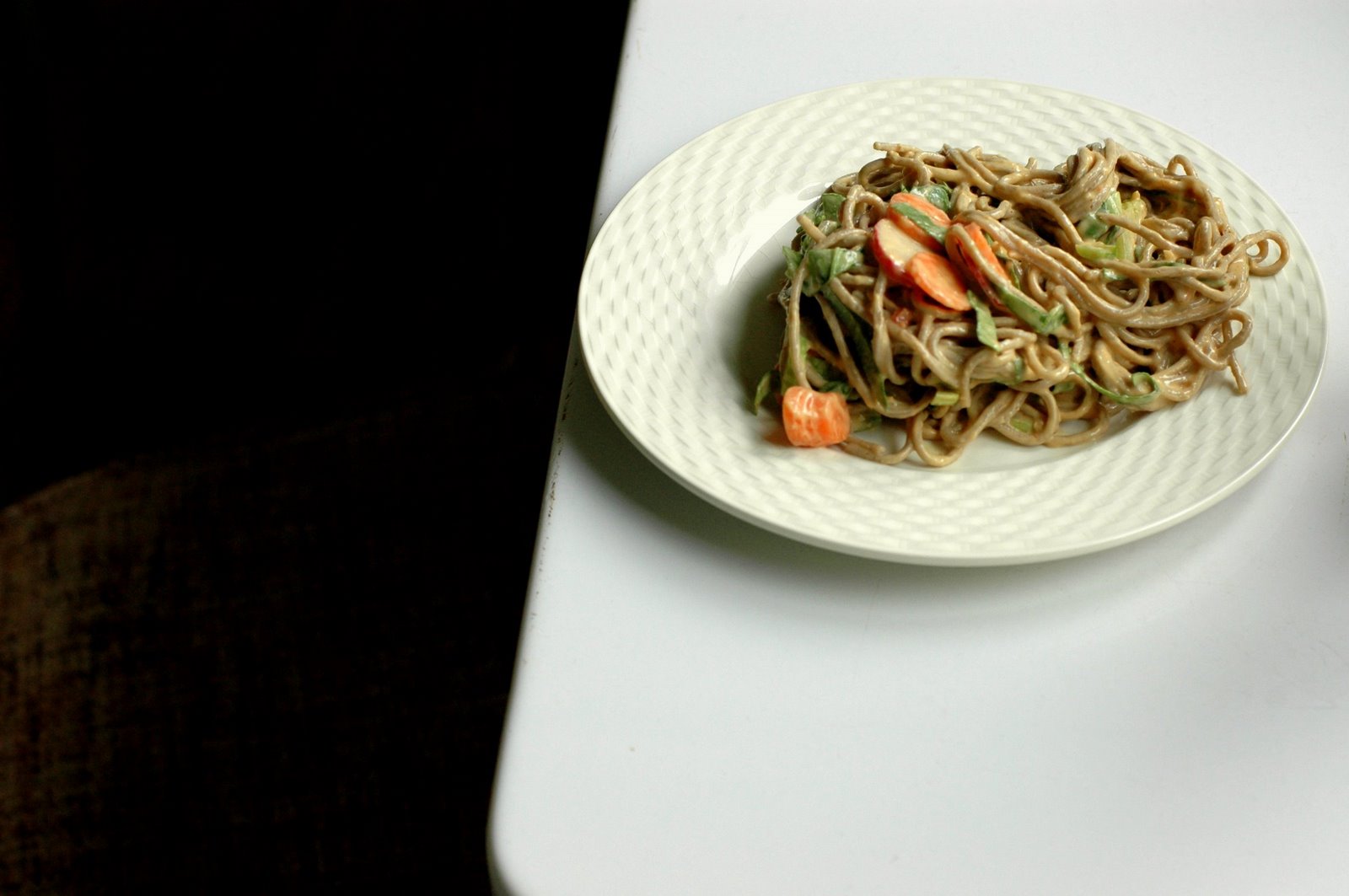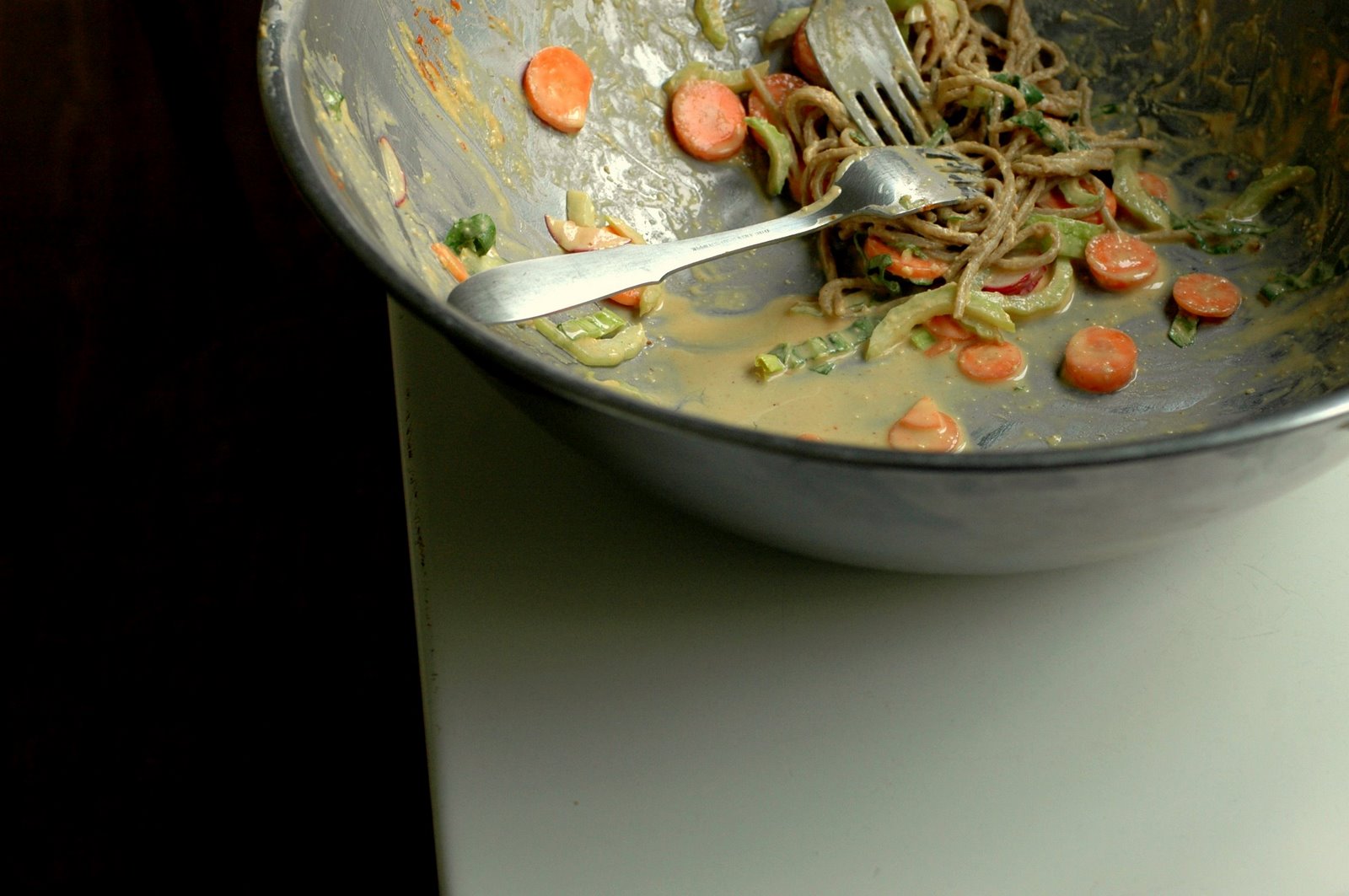The old switcheroo
Alright, people. That’s it. Enough of this wedding hoo-hah. Enough gushy, gloppy, lovey-dovey stuff. I don’t know if you’ve noticed, but it’s September. Like, end-of-summer September. Back-to-school September. Early-season-apples September. The calendar said it was coming, but still. It’s something we should talk about.
As a kid, I always loved September. It meant a reprieve from the pounding heat, for one, and in Oklahoma, that was no small potatoes. It also happens that September is my birth month, which meant balloons and cake and a slumber party. It was also the time of year when my mother would take me out for school supplies, protractors and compasses and other crap that I would never really use, but that made me feel right somehow, and ready – the way superheroes feel, I imagine, about their special capes and costumes. Of course, September also meant school, and getting up early, and spelling tests, but the blow was soft and measured, never more than I could take.
These days, it’s not always so easy. I miss summer already. It rained last night on Seattle – a sure sign if ever there was one – and I sighed this morning, when I opened the front door, to find the yard matted with yellow leaves. Soon, I’ll bet, the grass will be completely covered with them, and then there will be more rain, and more rain, and maybe even snow, and oh wow, OH NOOOO. But then, you know, that old September feeling comes again, and from my safe perch inside the house, with the door closed, I can almost love the puddles and the leaves and the cars splish-splashing past, each one whooshing September! September! SepTEMberrr!
Oh, I don’t know what to say. I guess September is kind of great, in its way. It keeps you occupied with pretty, shiny things so that you won’t really feel the pinch. It’s a kindly old doctor with a quick syringe. It’s a wise magician, a master at sleight of hand. It’s the old switcheroo. Sure, September means the return of real life, the nitty-gritties. There are no two ways around it. But it seems to want to please, and that makes it pretty hard to dislike.
Plus, it’s a perfect time to talk about Brandon’s favorite soba noodles, a dish that doesn’t give a flying hoot what the season is.
I first mentioned these noodles a while back, in the process of telling you about another one of Brandon’s standby meals, a very simple chickpea salad. This soba is something that Brandon devised when he was living in New York, in the months before I came along. He used to make it for breakfast because “it was fast and easy,” he says, and then he would pack up the leftovers and tote them out to Brooklyn, where he was in school at the time, and eat them for lunch. He made this soba for me on one of my first trips to visit him, in June of 2005, and we ate it one hot, sticky morning, straight from a dented aluminum mixing bowl. There was a box fan propped in the window, and I had my bare feet perched on the edge of his chair, and our chopsticks made a faint plink! against the bowl, and I remember thinking how very Brandon those noodles were, messy and delicious, spiked with two hot sauces.
When he moved to Seattle, he brought that dented bowl with him, and he keeps using it, even though we have better ones. Sometimes he even digs all the way to the bottom of the stack to get it. I like that.
Several of you have written to ask for this recipe, but until now, there really wasn’t one. Brandon makes these noodles by eye and by taste, and the first time we tried to quantify the ingredients, it came out all wrong. Plus, it’s not a terribly attractive dish – brown-on-brown, with some pink and orange – so I was reluctant to share it with you.
But those seem like silly excuses, really, when I think about what a perfect lunch it is. Especially now, in this back-to-real-life season. For one thing, it’s quick to make. It’s also filling, but not too much so. Best of all, it uses somewhat seasonless vegetables, the sort of neutral roots and greens you might already have lolling about, biding their time in the crisper drawer. Just bang ‘em all together, chuck it in your bag, and with a piece of fruit to finish, you’re all set. You’ll be so well occupied, you won’t even feel the pinch.
Soba with Peanut-Citrus Sauce
When Brandon makes the sauce for these noodles, he almost never measures. As a result, they taste a little different each time. What you see below are the amounts he used on his most recent go, and a pretty delicious one at that. Really, so long as you taste and tweak, it’s hard to go wrong.
Here are a few variations to play with:
- Instead of peanut butter, try almond butter. Or even cashew butter.
- Instead of lime juice, try it with lemon.
- Or, try it with fresh orange juice or grapefruit juice. Because they’re less acidic, though, than lime or lemon, you’ll need to bolster them with some rice vinegar.
- Instead of baby bok choy, try slivers of raw spinach, scallions, or asparagus.
For the sauce:
½ cup well-stirred natural peanut butter, such as Adams 100% Natural Creamy
1 ½ tsp. soy sauce
¼ tsp. pressed garlic (about 1 small clove)
½ cup fresh lime juice
½ tsp. sriracha or a similar hot sauce, or more to taste
½ tsp. chili garlic sauce or sambal oelek, or more to taste
2 tsp. olive oil
1 tsp. water
For the noodles:
½ to ¾ lb. soba noodles (see note below)
3 red radishes, very thinly sliced with a knife or mandolin
2 small (or 1 large) carrots, very thinly sliced with a knife or mandolin
1 medium baby bok choy, sliced from tip to root into ¼-inch-thick ribbons
Fresh cilantro or basil leaves, for serving
First, make the sauce. Combine all ingredients in a large bowl, and whisk to blend well. It may look clumpy and funny at first, but keep whisking. It will come together into a smooth, light brown sauce. Taste, and adjust to your liking. Set aside.
Meanwhile, put a large pot of water over high heat, and set a colander in the sink. When the water boils, add the soba noodles, and cook at a gently simmer – they’re fragile, so don’t boil them hard – until they are al dente. They cook pretty fast, so be careful. Do not overcook.
Drain the noodles into the colander in the sink. Then, immediately, wash them in cool water. Turn on the faucet and, using your hands, pick up small handfuls of soba and separate them between your fingers, taking care that each noodle is rinsed. “Washing” the noodles like this is a trick we learned from Tea. It helps to remove any starchy residues and keeps the noodles from clumping. (Plus, it’s kind of fun.)
Shake any excess water from the noodles, and turn them into the bowl of sauce. Using two forks, gently toss until the noodles are evenly coated. Add the radishes, carrots, and baby bok choy, and serve, topped with cilantro leaves and additional hot sauce, if you like.
Note: This quantity of sauce is a bit much for ½ pound soba. That’s how much we used, and we found it a bit too heavily dressed. Brandon worries, though, that this amount of sauce might be a little skimpy for ¾ pound. You might want to try something in the middle – maybe 10 ounces?
Yield: Two servings, plus leftovers




